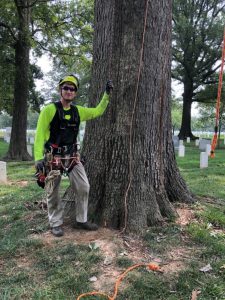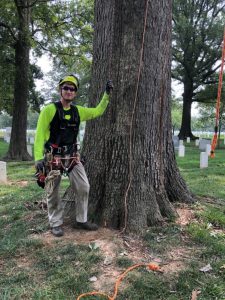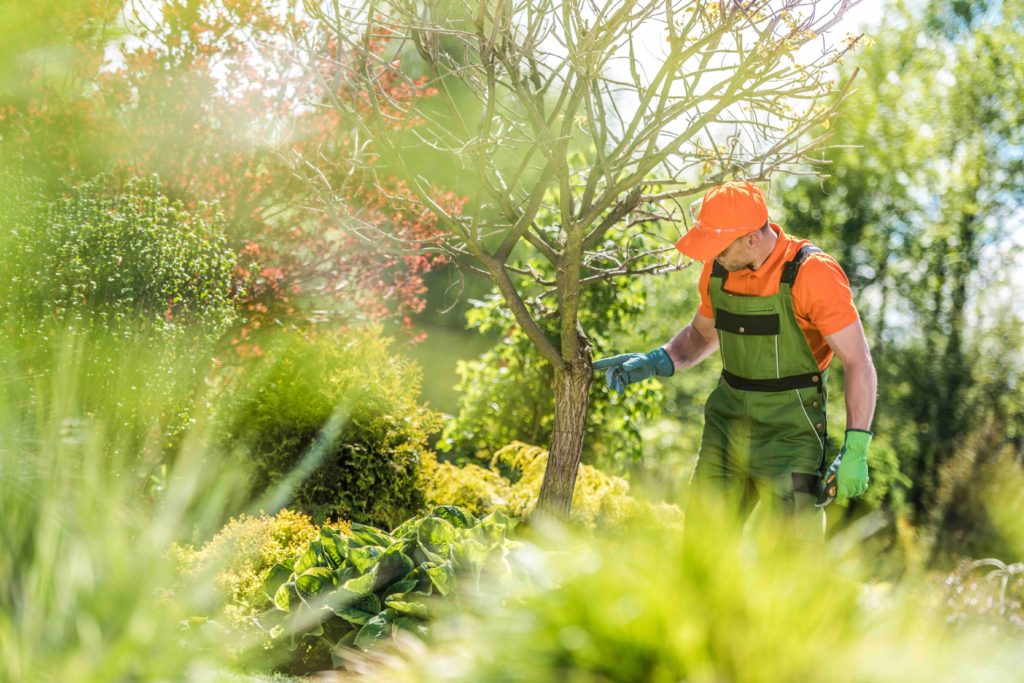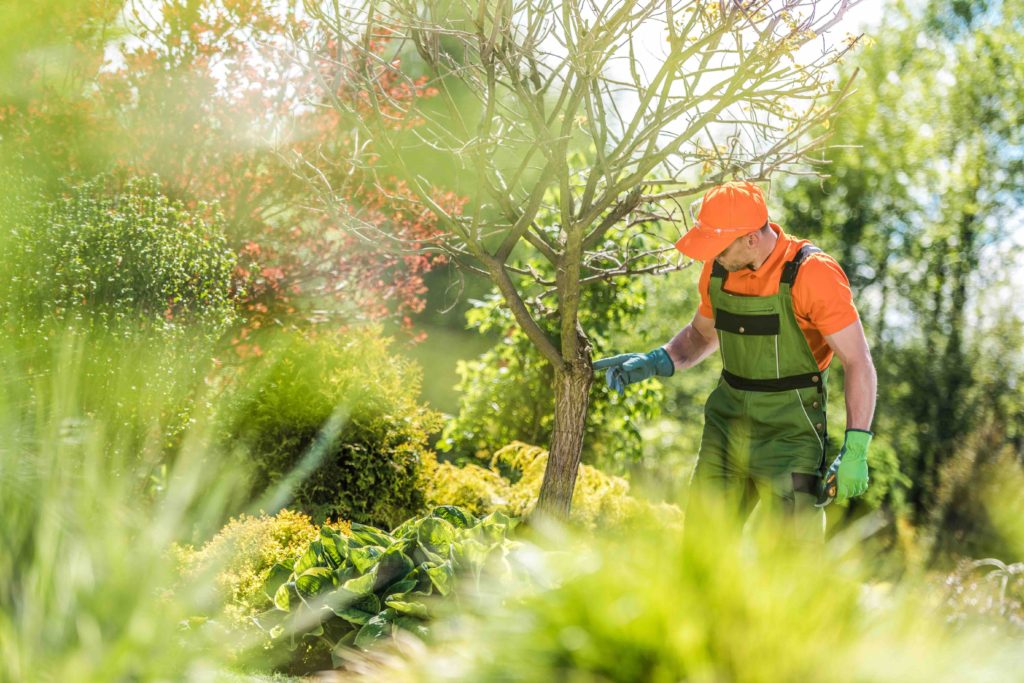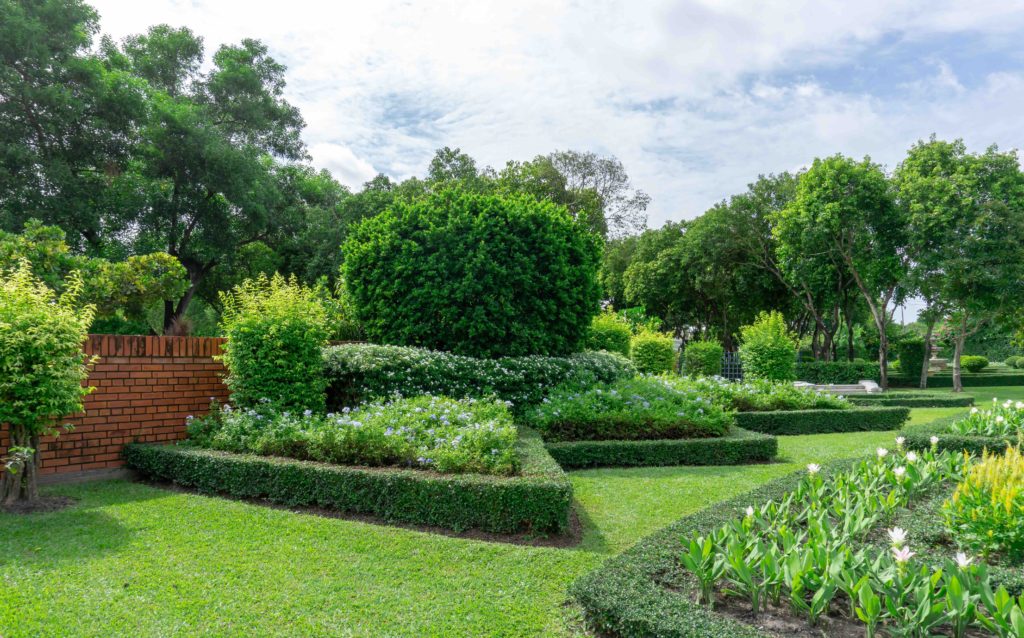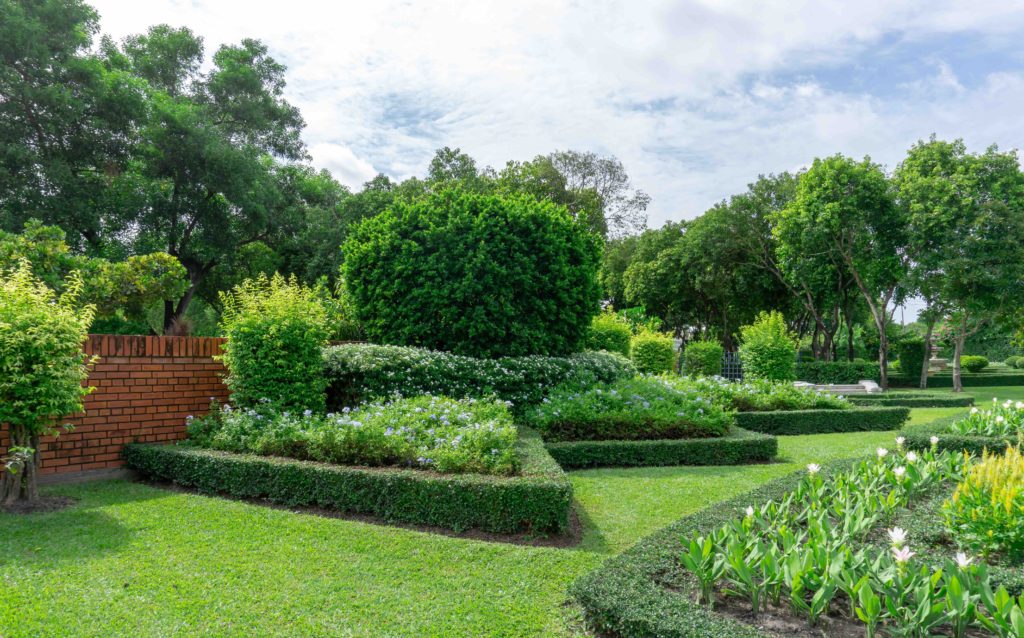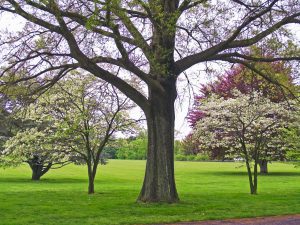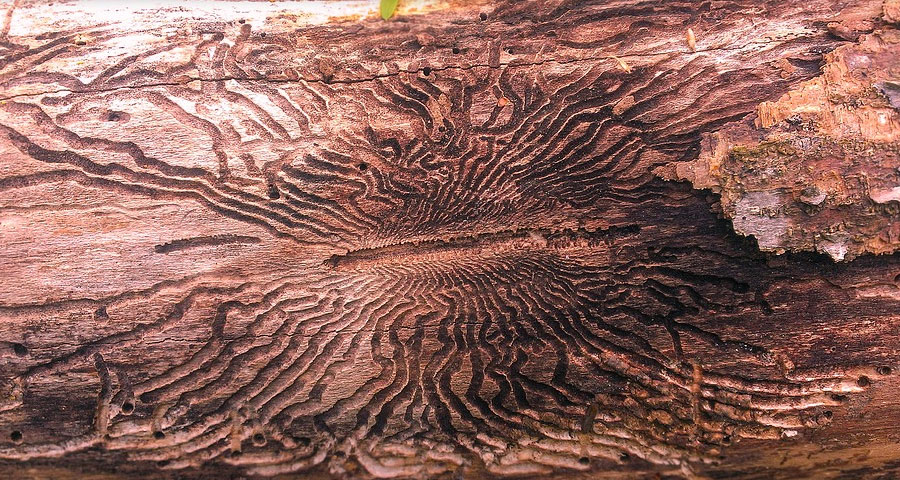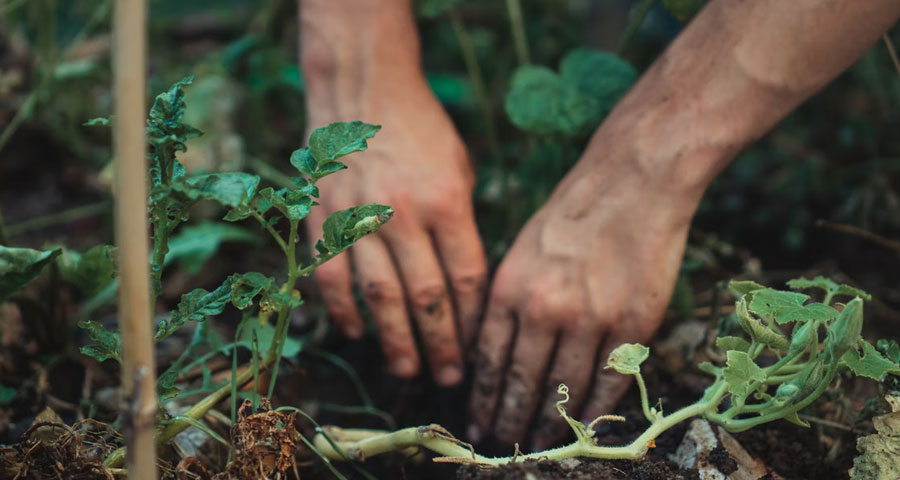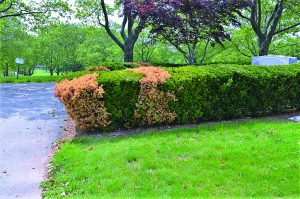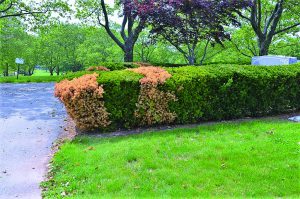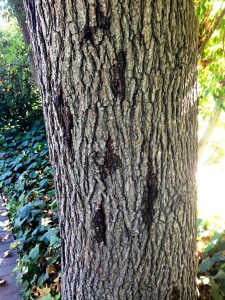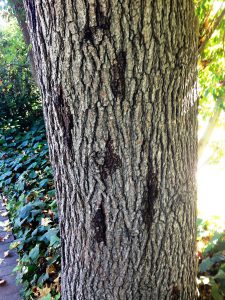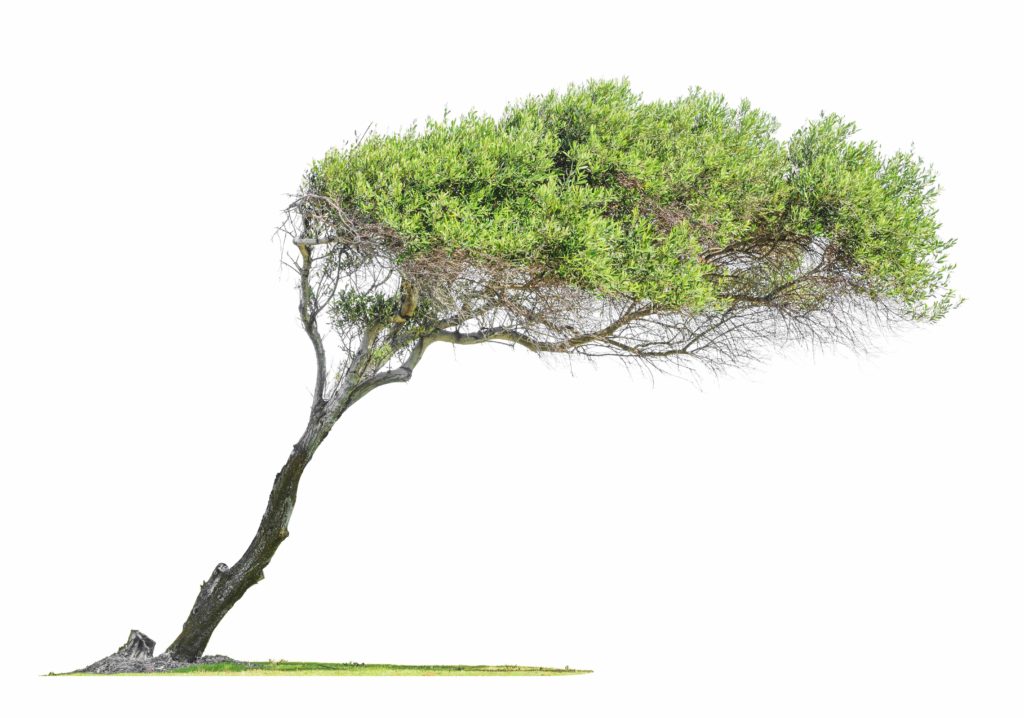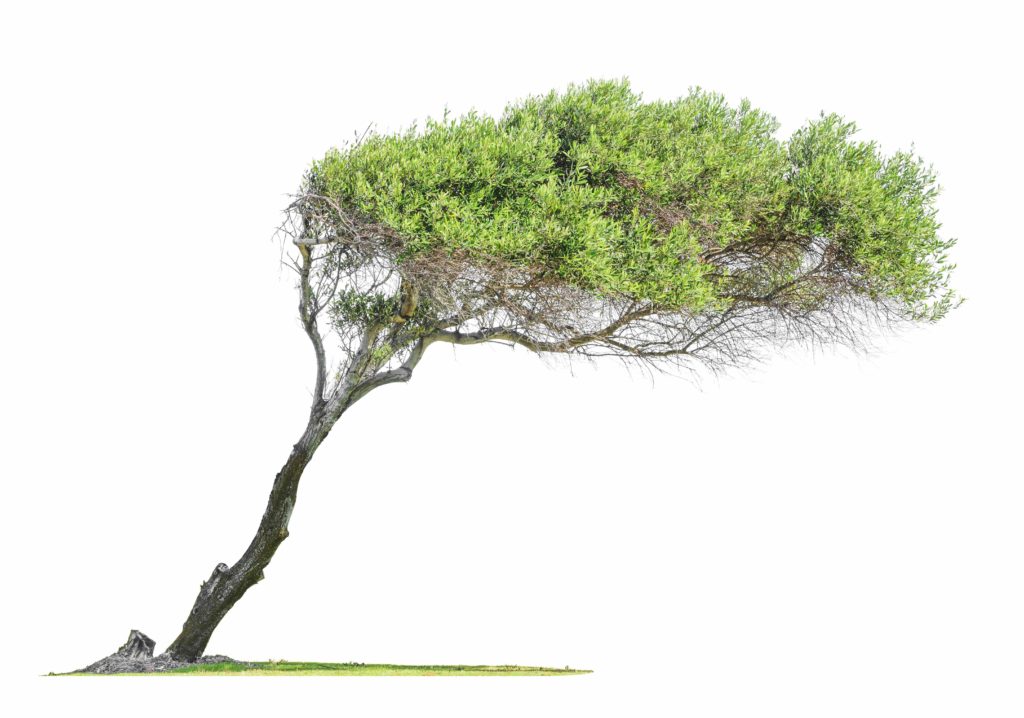Everyone looks up when observing trees. However, you’ll often find arborists looking down! That’s because when it comes to assessing tree health, one of the most critical factors is a healthy root system. Focusing solely on noticeable issues in the canopy, like yellowing leaves, may cause you to miss the culprit responsible for those issues, which is often found below ground.
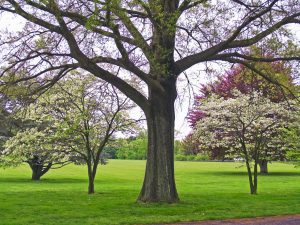
Common Root and Soil Issues
There are many concerns for tree roots. Disease is often found in the root system. One widespread example is root rot. Trees with root rot may have stunted growth, discolored leaves or dieback, but the real problem lies underground. Another frequent source of injury to the roots is damage from lawnmowers or other yard equipment. For example, driving over an exposed tree root can result in irreparable harm, making it difficult for the tree to transport water and nutrients from the root system.
Problems also occur when you plant trees too deep or pile too much mulch against the trunk. The root flare, where the roots flare out from the trunk, should be visible. Covering this part of the tree in soil or mulch retains moisture against the trunk, promoting development of disease and hiding conditions like girdling roots.
For trees growing in urban and suburban landscapes, poor growing conditions are commonplace and unlike the ideal conditions found in the forest. Soil often lacks nutrients that growing trees need. Other environmental circumstances, such as compaction, further hinder root and tree growth.
These hidden problems threaten the health of the entire tree and should be treated as soon as possible.
What to Look for
The first thing to look for is the root collar, the transition area between the trunk and roots. There should be a visible flare. A tree should not grow straight from the ground like a telephone pole. If there is no root flare, it’s best to contact a Certified Arborist to discuss next steps. You’ll want to remove excess soil or mulch without damaging roots.
Further, you should to consider the soil. Is it lacking nutrients? Is it compacted? Soil compaction occurs when soil particles are compressed. Causes might include foot traffic, heavy snow or vehicles. When the soil under a tree is compacted, porous spaces in the soil are reduced, making it difficult for roots to extend and absorb water and nutrients. Compacted soil should be tilled and amended with organic matter and nutrients. Address soil issues to improve growing conditions for roots.
n Ideal Solution
Root InvigorationTM is a program designed to repair damaged soils, creating a beneficial growing environment that will encourage root development. The process leverages a supersonic air tool to aerate the soil, without damaging delicate small roots. Next, soil amendments are added to address nutrient deficiencies and increase organic matter content. Addition of biochar can further enhance soil quality. Biochar sequesters carbon and adds vital pore space, improving the soil and increasing plant health.
As a result of Root Invigoration, you can expect renewed growth and health of trees. Treated trees will experience less dieback and have greater pest resistance, a denser canopy, and enhanced color.
The post Healthy Trees from the Ground Up first appeared on Tree Topics.
Did you miss our previous article…
https://www.cincinnatitreeservicecare.com/?p=138
